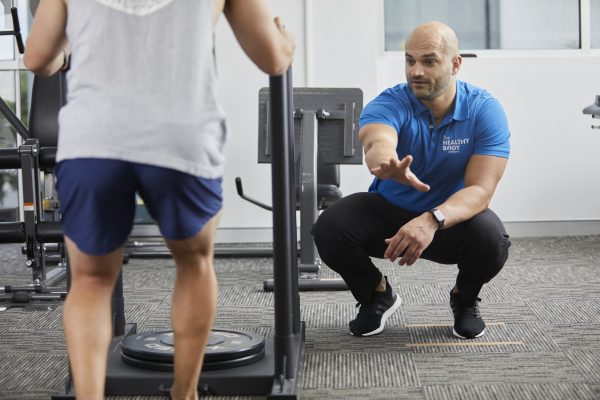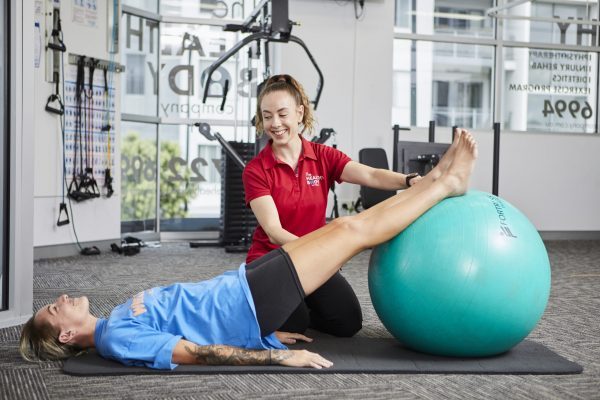
Breast cancer is the most common cancer in the world, but physical inactivity has been identified as a contributor to its development. Researchers have found that there is a biological link between low physical activity levels and high levels of sex hormones, like oestrogens and androgens, which drive about 70% of breast cancers. Fortunately, physical activity can help lower these hormones in two ways:
In addition to breast cancer, several other types of cancer are linked to high levels of sex hormones, including prostate, endometrial, and ovarian cancers. Exercise can lower the risk of around a dozen types of cancer, including bowel, bladder, gastric, oesophageal, prostate, and endometrial cancers. Researchers are currently investigating the ways in which exercise helps slow down or halt cancer growth.
Maintaining a healthy weight is one of the ways that physical activity helps prevent cancer. Excess weight and obesity contribute to almost 5300 cases of cancer in Australia each year. Fat around the middle of the body can make it harder for insulin to control blood sugar levels, forcing the pancreas to produce more insulin. This leads to high levels of bioavailable IGF-1, another hormone that can promote cancer growth.
A small study of older men in the UK found that after 30 minutes of cycling, blood tests showed they produced a cancer-fighting substance called IL-6, which can repair damaged cells. When the blood samples were added to bowel cancer cells in the lab, the samples taken immediately after exercise reduced DNA damage and slowed the growth of these cells. This research suggests that moderate-intensity exercise may reduce cancer growth, even without significant weight loss.

Exercise and movement is an important part of helping our patients be active and healthy.
Another international study of endurance exercisers in their 50s and 60s found that they had lower numbers of a type of cell in the bowel that can contribute to cancer. These “senescent cells” are unique in that they stop multiplying but don’t die off when they should. Instead, they accumulate in tissues and release chemicals that trigger inflammation, promote cancer, and accelerate ageing. Endurance exercise may reduce the accumulation of DNA damage that drives cell senescence.
Experts recommend aiming for an hour of moderate-intensity exercise (or half an hour of vigorous exercise) five times a week, along with two muscle-strengthening sessions.
This level of activity can reduce bowel cancer risk by around 20%. Even smaller amounts of physical activity can benefit your health. Exercise isn’t a silver bullet against cancer, but it can lower the odds and improve the prognosis of breast, colon, and prostate cancer. Studies have found that regular exercise can reduce the risk of recurrences or metastasis in people with colon or breast cancer. Brisk walking for 30 to 40 minutes a day, combined with a healthy plant-based diet, may help reduce breast cancer mortality.
If pain or injury is preventing you from fully participating in the active lifestyle that you aspire to, do something about it now. Our team are here and ready to support you to make the healthy changes you need. For those with knee pain – consider our knee program. A low cost, online self directed program that will support improvements in function and comfort with commitment from you. Learn more about that here.